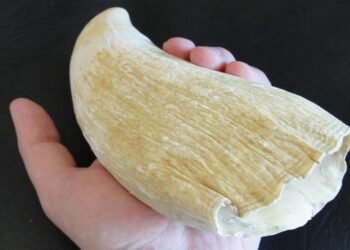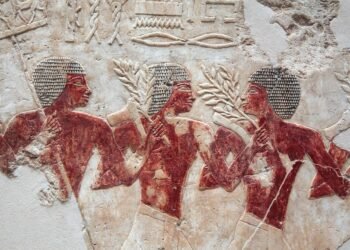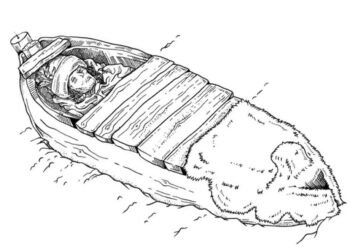Researchers have found traces of cocaine in the brain tissue of two individuals buried in a 17th-century crypt in Milan, Italy. The findings, published in the Journal of Archaeological Science, challenge the longstanding belief that cocaine usage in Europe began only in the 19th century, two centuries later than previously thought.

The remains were found in the crypt of Ospedale Maggiore, also known as Ca’ Granda, a pioneering hospital that served the poor in Milan. The crypt, which contains the bones of more than 10,000 people, offered researchers a rare opportunity to examine the toxicological habits of the Milanese population during the 1600s. In total, the team analyzed brain tissue from nine individuals using mass spectrometry, a tool that identifies the chemical composition of samples.
The results were astonishing: traces of three key compounds—cocaine, hygrine, and benzoylecgonine—were found in two of the individuals. Hygrine, a marker specifically linked to coca leaf consumption, confirmed that these individuals had ingested coca leaves, not the modern form of synthesized cocaine hydrochloride salts.
The first individual identified was a man between 30 and 45 years old who had syphilis and had been identified as an opium user in a previous study. The other individual’s sex and age remain undetermined. These people likely chewed coca leaves either recreationally or for medicinal purposes. The coca plant, native to South America, has long been known among Indigenous peoples for its ability to relieve pain, boost energy, and induce an altered state. It was widely used in religious rituals and daily life in the Andes region.

European contact with the coca plant dates back to the Spanish conquest of South America. Spanish conquistadors, such as Pedro Cieza de León, documented the Indigenous use of coca leaves in the 16th century, noting that they “gave vigor and strength” and curbed hunger. Initially, the Spaniards showed little interest in exporting coca back to Europe, focusing instead on other valuable resources like gold, silver, and tobacco. However, by the 17th century, Milan, then under Spanish rule, was a major hub for trade with the Americas. This connection likely facilitated the arrival of coca leaves in the city, albeit outside official medical records.
Though hospital records from the Ospedale Maggiore do not mention the use of coca leaves as a treatment, Christine VanPool, an anthropologist at the University of Missouri, suggests that individuals may have sourced the plant themselves. She noted in the New York Times, “I could imagine a scenario where someone got it through being really sick and seeking help,” eventually realizing its medicinal benefits.
Historically, the active ingredient in coca leaves, cocaine, was not isolated until the mid-19th century, when German chemist Albert Niemann gave the substance its modern name. Cocaine then became a widely accepted medical treatment and was even an ingredient in the original formula of Coca-Cola. However, the new study suggests that coca leaves were already being used in Milan for medicinal or recreational purposes much earlier.
This discovery also raises parallels to an earlier study from 1992, which claimed to have found cocaine in Egyptian mummies. While that finding remains controversial due to the lack of evidence of contact between ancient Egypt and the Americas, the Milanese discovery is more plausible. Coca plants may have quietly made their way into Europe through the Spanish empire’s vast trading networks long before official records acknowledged their use.
The discovery raises intriguing questions about the spread of coca and other psychoactive substances before the 19th century. How far did coca’s influence reach in Europe during this period? And how did a substance now associated with modern addiction make its way into the lives of everyday people 350 years ago? These questions remain unanswered.
























